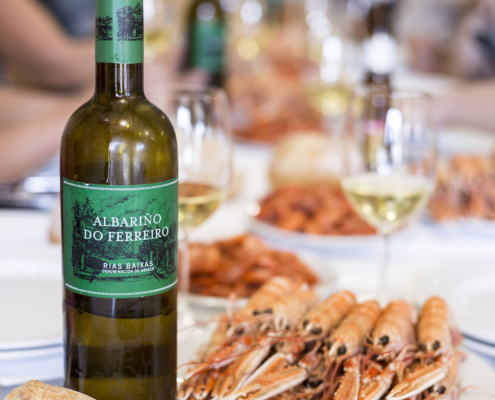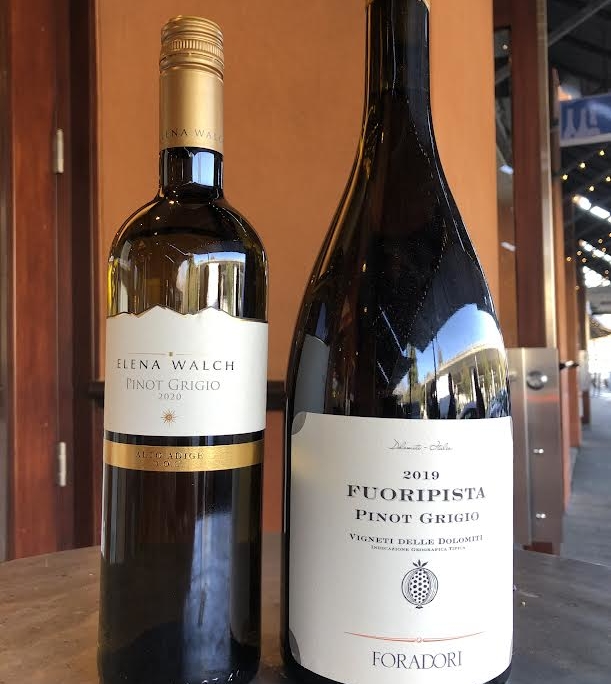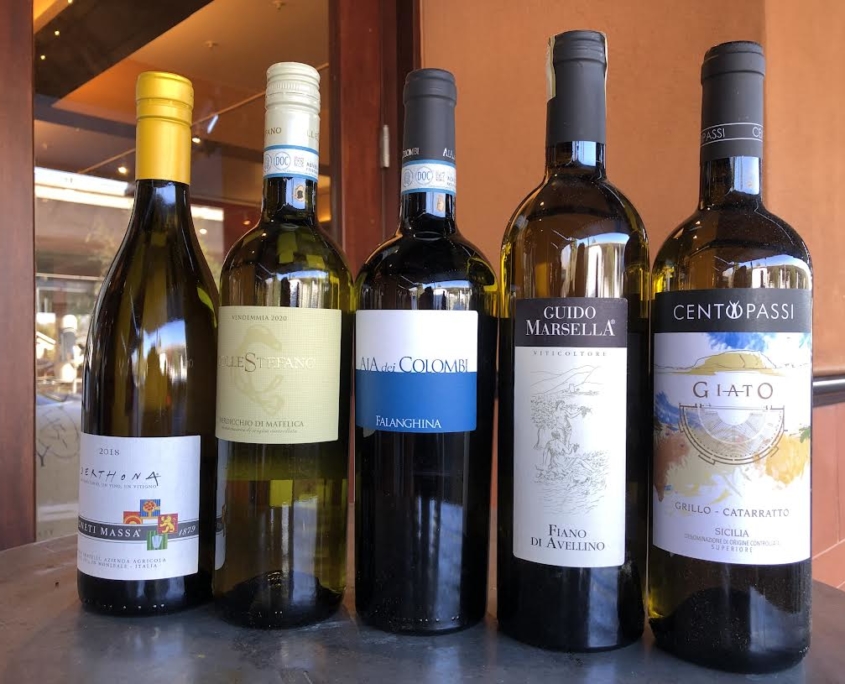With spring on our minds, there’s a glimmer of hope that the temporary existence near a salty sea is real, and not too far off in the distant future. And so we dream of Rías Baixas, the mystical, fjord-like land in far northwestern Spain, just above the Portuguese border.
With its rugged shoreline, juxtaposed with pristine forests, this coastal zone is so appealing on a number of levels. Notably, it’s home to some of the great white wines of western Europe. The Rías Baixas Denominación de Origen (DO) lies within the region of Galicia, centered around the province of Pontevedra. It is believed that its signature albariño grape was first introduced to the area in the 12th century by the Cistercian monks.

Deep, cold-water currents are the reason Galician seafood is so renowned, and albariño, the most important white grape cultivated here, is truly a harmonious match with the salinity and richness of North Atlantic seafood. The deep estuaries of the Rías Baixas are filled with an abundance of sea creatures and acres of oyster beds teeming with life! The soils here for viticulture are predominantly granitic and sandy.
The albariño grape has steadily been gaining traction with consumers thanks to its versatility at the table–and its downright delicious flavor profile. Albariño’s high natural acidity and saline qualities are a couple of the reasons it marries so well with the full gamut of seafood, as well as pork or chicken dishes.
Try either the 2020 Granbazan ‘Etiqueta Verde’ or the 2020 Carballal ‘Sete Cepas’ with crispy fish tacos to experience the zippier, more chiseled style of albariño. We’ve also been enjoying the 2020 Nanclares ‘Dandelion,’ a wonderful, biodynamic choice that highlights the herbal side of the grape. Think grilled mackerel smothered in salsa verde.

Then there’s Do Ferreiro. They farm a dizzying array of small plots of albariño, with both old and young vines, to create its 2019 Do Ferreiro Rías Baixas. This reference-point bottling has a bit more depth and plushness than the others, as well as more white fruit. This is likely a result of the high percentage of old vines that go into this cuvée. The grapes get a cold soak before indigenous yeasts start off the fermentation, and the juice then gets six months of lees aging. Try this with a richly flavored pork stew, grilled pork with fruit, or even a paella that might have a variety of seafoods as well as chorizo.
For an extraordinary albariño experience, grab a bottle of the elegant and complex 2018 Do Ferreiro ‘Dous Ferrados.’ Only two 500-liter barrels are produced of this hand-picked, cooler-climate cuvée.
The landscape, culture, and natural bounties of Rías Baixas have a lot to offer those looking for an escape or a discovery off the beaten path. Its calming simplicity will surely fulfill many of our daydreams as we search for a less frenetic existence.


